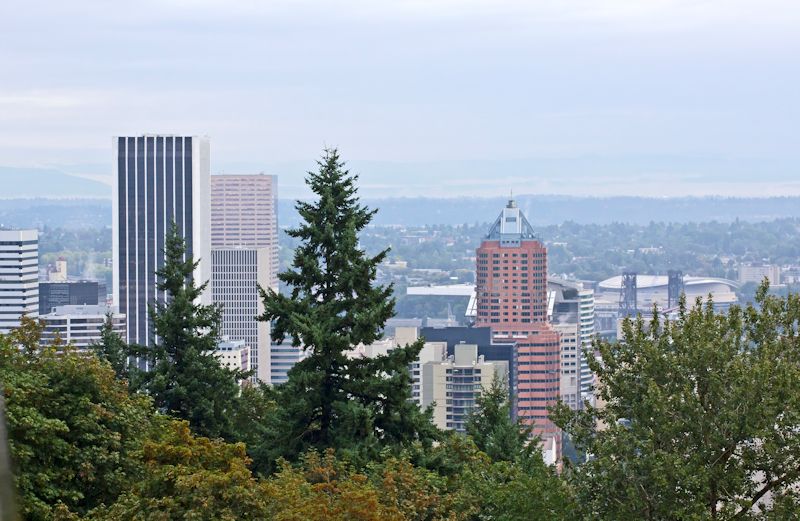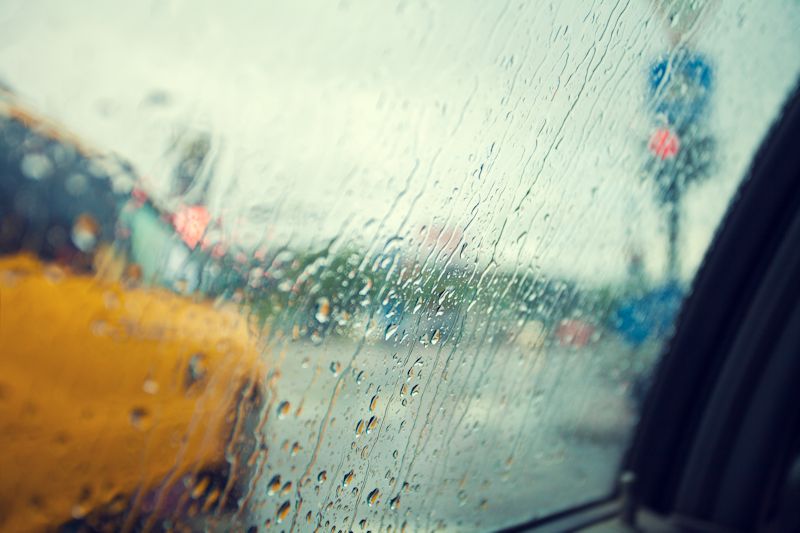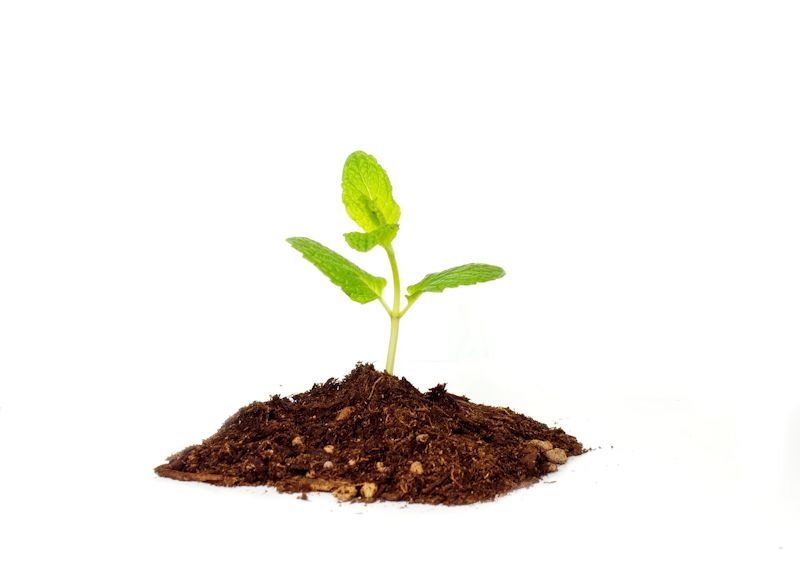“Green Roofs”- What Are They & Why Should We Be Interested?
Written by Tim Beattie, P.Eng.
Rooftops are tremendously underutilized components of our buildings and the urban “landscape”. Sustainable or “green” thinking is changing attitudes towards these neglected, barren areas.
In Europe for some time there has been a quiet but steady revolution in the application of green roof and roof garden technologies that reflects these changing times. Trends are following suit more recently in Canada and the United States.
Cities stewing in their own heat…
Cities become less desirable to live and work in as they increasingly heat up, effectively stewing in their own heat and smog, with associated comfort and health problems.
Research has shown that conventional, inert roofs are a serious contributing factor to this phenomenon that is becoming known as “urban heat island” effect.
Reducing heat island effect can effectively be achieved by increasing the green space areas within cities. What better way to maximize this effect by transforming our unproductive roof areas into “green” oases?

Storm water run-off…
Another escalating problem in our cities is storm water run-off (in relation to disappearing natural surfacings) which must be transported to processing facilities or simply channeled to, and often contaminating, natural reservoirs and streams.
Roof gardens have long proven to have a cooling effect while also “naturalizing” rainfall run-off within cities.
A Sustainable, “Green” Solution…
Properly designed roof gardens and green roofs effectively emulate the natural process, absorbing rainfall and reversing heat island effect. Purifying surrounding air (naturally), mitigating smog and deadening sound are also fringe benefits.
Increasing insulation and roofing life expectancies by moderating material temperature fluctuations can also be expected. Tests done on trials right here in Canada have revealed that these roofs actually reduce energy requirements for air conditioning in warmer months. Green roof gardens also add valuable space to the building either for wildlife or residents, depending on design intentions.

Green Roofs… What Are They?
Green roofs are usually applied to inaccessible space, where resident access is not expected or feasible. These are generally much lighter than conventional roof gardens or terraces (like on most underground garages) as a result, since these kinds of roofs do not generally contemplate large “live” loads. Designers should not forget, however, that these roofs include more components, and therefore weigh more, than their barren counterparts.
“Green” roofs include organic “soil”, surface vegetation, perhaps erosion prevention grid(s) or insulation, soil filter fabric, drainage mat system, root barrier and good quality roofing system. Properly constructed, these layers protect the building and nurture vegetation.
Green roofing systems are commercially available from many of the prominent roofing manufacturers and continue to “grow” in terms of availability and features.
Care needs to be taken in the design and selection of such a system to ensure that it is both feasible to install, long-lasting and does not overload the structure or have the potential to compromise peripheral systems, such as drainage or perimeter cladding.
The presence of the covering materials makes it particularly beneficial to design and select a good quality roof membrane system to be installed with diligent quality control measures to minimize future maintenance potentials and maximize system longevity.

Green Roofs… Why Should We Be Interested?
Green rooftop gardens provide benefits to condominium owners and residents by reducing the energy required to heat or cool buildings and increasing life quality by reducing greenhouse gas emissions through shading and natural vegetation “breathing”. Other benefits include longer lasting roofing systems, additional green space and potentially higher building appreciation and property values. These gardens also play a role in improving storm water management by delaying and reducing runoff into the building, site and city sewage systems.
Many European Code authorities recognize the benefits of green roof gardens and support, even mandate, their construction. Mounting appreciation continues in both Canada and the U.S., however installations are yet to be considered “mainstream”.
One reason for this is their perceived novelty, which in unfounded if one thinks of the similarities to common terraces and underground garage roof slabs.
Another reason is perceived high cost, which comes from cutting related planning analyses short at initial expenses. However, true life-cycle thinking, which is becoming more “mainstream-green”, into Reserve Fund Planning should lead to better utilization and enjoyment of more of our rooftops and contribute to a more sustainable future for us all.
Regardless of size or location, consider the benefits of your next roof going GREEN!
Tim Beattie is a Professional Engineer and Principal of Brown & Beattie Ltd, a Building Science Engineering firm dedicated to providing clear and sensible building improvement, maintenance and repair advice by listening to clientsÕ objectives. Brown & Beattie Ltd. is a member of the Roof Consultants Institute and has been providing Roof Assessments, Engineered Condition Surveys and Reserve Fund Studies for over 15 years.
